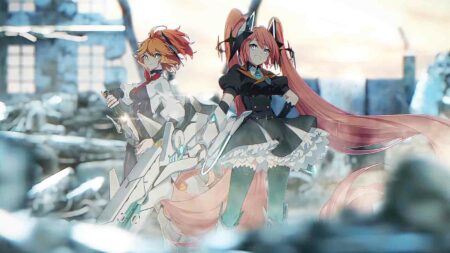Updated on June 12, 3:11 p.m. (GMT+8): Improved relevancy.
Like any other multiplayer online battle arena (MOBA) game, watching Mobile Legends: Bang Bang (MLBB) can be difficult to understand, especially for those unfamiliar with the game.
Even those who do play Mobile Legends, the game play in Classic or Ranked modes can differ greatly from the game play at the professional level where coordinated 5-man strategies are deployed.
As a MOBA, Mobile Legends pits five players against each other on a battlefield. These five players each pick a hero with unique abilities that they individually control.
Guide to watching and understanding Mobile Legends: Bang Bang as an esport
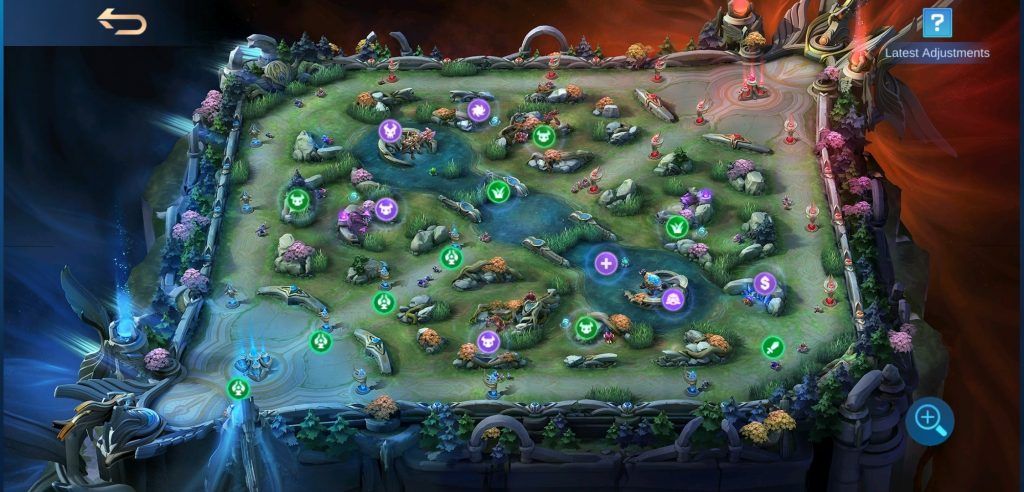
Credit: Moonton
The goal of each team is to destroy their opponent’s base (crystal) at the opposite end of the map. The team that destroys their opponent’s base first wins the game. They do so by using their heroes and abilities, working together to take down minions, creeps, turrets and opposing heroes.
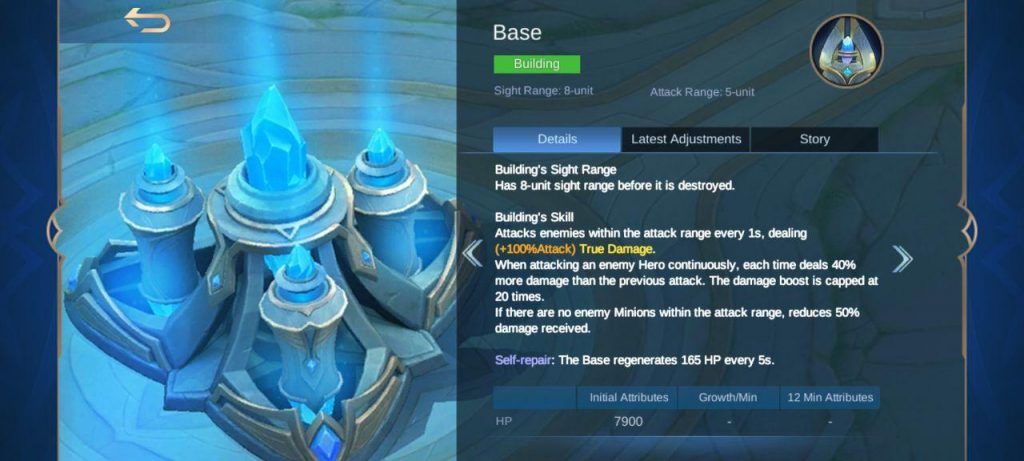
Credit: Moonton
In between each base are three lanes, each lined with three turrets: The outer, inner and base turret. Everything else is jungle terrain, where there are bushes that deny vision, neutral creeps that give gold, experience or other buffs, as well as two major objectives, the Turtle and Lord.

Credit: Moonton
Running down diagonally is a river, which separates red and blue side. At the start, the red and blue teams control their side of the map, but the extent of their map control changes as turrets go down.
When the game starts, minion waves will spawn from each base, and clash in lane. They have their own standard attack and defense attributes, and automatically attack each other. Turrets will also auto attack minions when they are in range, and prioritize heroes when they attack opponents.
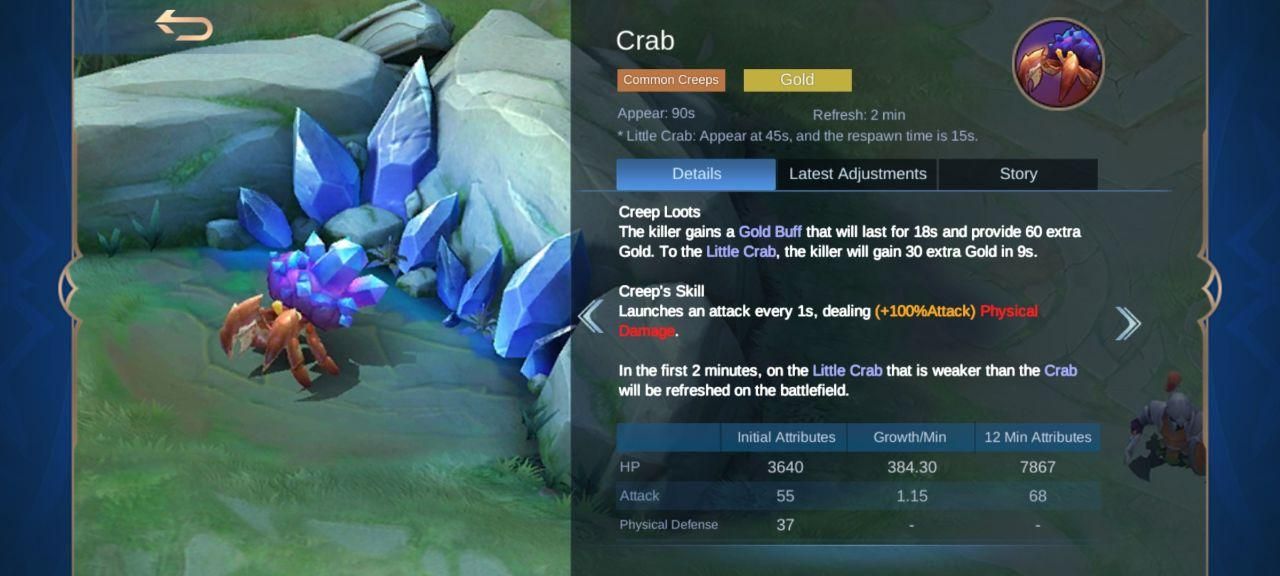
Credit: Moonton
Common jungle creeps will also be available. Players will spread across the map to kill enemy minions and jungle creeps, which grants them experience and gold. Experience is important because it levels up heroes, all of whom start at level one.
As the game progresses and their level increases, heroes gain access to more abilities. With more gold, players are also able to buy more advanced equipment from the shop to up their fire or defensive power.
Draft pick
In ranked (Epic division and above) and professional leagues, drafting takes place before a game begins. Here, each team can ban up to three heroes each, and pick five unique heroes for themselves.
Each team starts off by banning heroes, which will not be used for that game, then picking heroes for themselves.
There are different phases during drafting, limited by the countdown timer. Each team will take turns to pick and ban heroes, which allows them to form strategies based on their opponent’s choices.
The team on the left, the blue team, has the advantage of getting the “first pick” after the first ban phase where two heroes on each side are taken off the board. In the case of RRQ versus Resurgence in the 4 Nation Cup, Esmeralda is one of the strongest heroes in the current meta, and was locked in by RRQ.
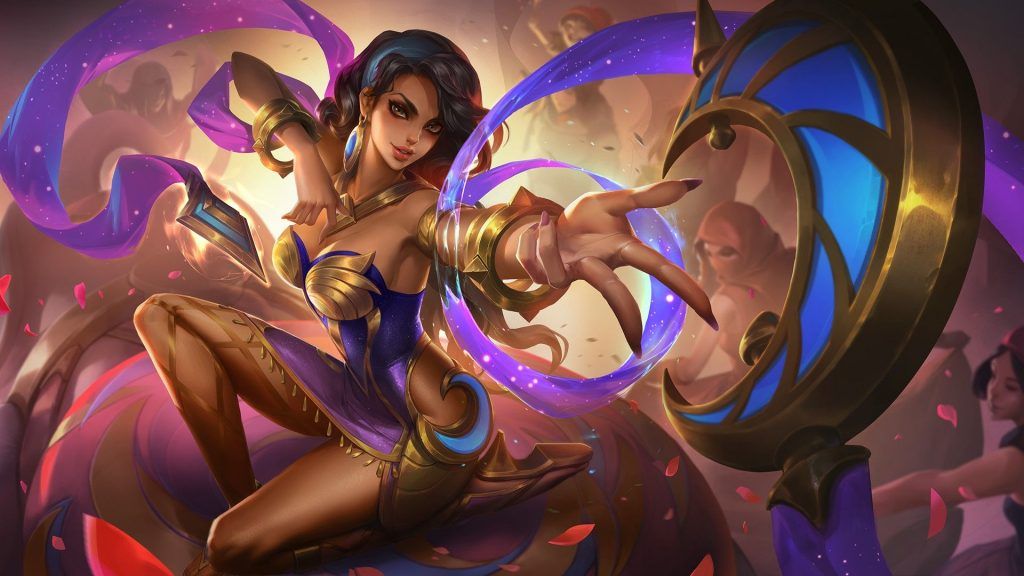
Credit: Moonton
The team on the right, the red team, is given the “last pick” advantage. They’re able to view the blue team’s hero line up before deciding which hero to pick to round up their own team composition and how to better deal with their opponent’s draft.
After the heroes are locked in, players can switch them between their team. Players usually have their individual strengths, such as being a tank, support, fighter, mage or carry player, and will play heroes based on their role.
The last thing to note in draft pick are Battle Spells, which are shown as rounded icons next to each hero’s portrait, which give heroes an added utility skill.
The most common Battle Spell selected is Flicker, represented by the yellow icon. It teleports a hero for a short, fixed distance, and helps them to escape or engage. Like all abilities, it has a cooldown timer, so players tend to be prudent to its use.
HUD and lane assignments
Once the game begins, each team will spawn in their base. From there, team members will spread out across the map based on their planned strategy.
Where a player goes is called “lane assignment”. In RRQ vs RSG, both teams matched each other in a 1-3-1 formation: One player faces another at the top lane, three congregate in the middle, while one player lanes against another at bottom lane. They are also called the gold lane or EXP lane.
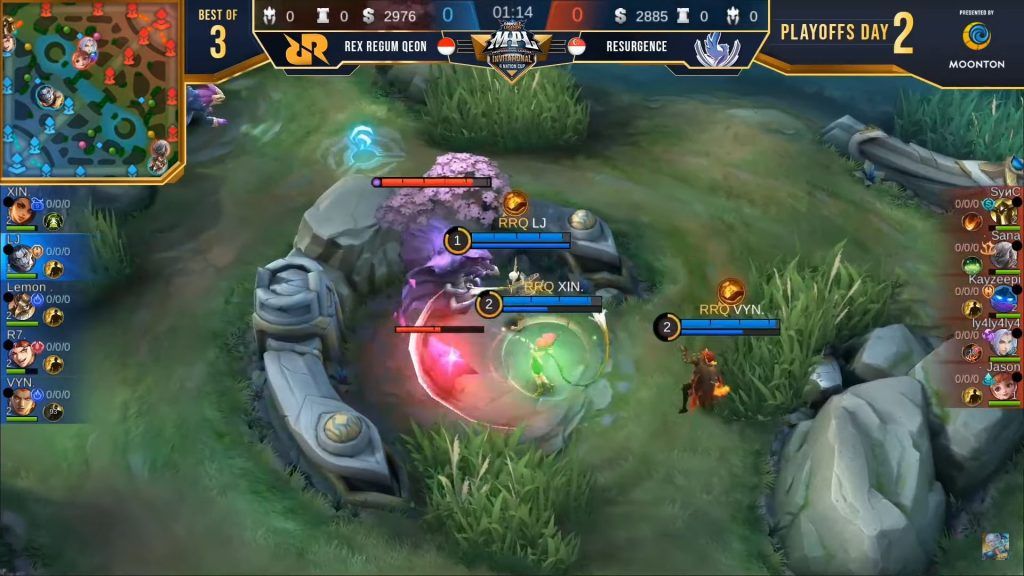
Screenshot by Amanda Tan/ONE Esports
These formations change depending on the meta, which is affected by patches. These game updates strengthen or weaken heroes, or their classes, and influence the overarching strategy of professional teams.
The camera focuses on the main action in the middle of your screen. The mini map at the top left hand corner gives an overview of what’s happening on the rest of the map.
Parallel to draft pick, the blue team is positioned on the left, and red team on the right, highlighted in their respective colors, including the color of their health bars for better distinction. Each character and their portrait is tied to a player’s in-game name, which let’s us know who is playing the hero.

Screenshot by Amanda Tan/ONE Esports
The top most bar is a mirrored scoreboard. In the middle is the game’s timer. Next are the number of kills, shown in blue and red for each team. The “$” number indicates the gold earned by the team, while the “turret” tracks the number of turrets a team has taken down. Lastly, the armored helmet shows the number of Lords a team has downed.
As the first game was closing out, viewers can clearly see that RRQ were leading in kills (16 to 11), up in gold (36,829 to 31,454), up in turrets (6 to 3) and secured the Lord.
The second section of MLBB esports’ HUD is the player info on the left and right of the screen. Here, we can each player’s individual number of kills, deaths and assists in the K/D/A format.

Below the KDA score is the Battle Spell each player locked in before the game started, and whether it is available for use in real time, or on cooldown.
On the right of the KDA score is the icon of the key Talent that the player selected within their chosen Emblem set. Emblems give players a small boost to certain attributes, which they can customize to their playstyle before going in-game.

Screenshot by Amanda Tan/ONE Esports
The green bar is the hero’s health bar, while the number above tells us their current level. The green dot at the top right corner of their portraits displays their ultimate availability — the strongest skill of each hero. In this instance, only RSG Lim “ly4ly4ly4” Yang on Ling has his ultimate available.
When a hero dies, his or her portrait will be darkened, and a death timer will be shown. Death timers is a fixed time in which the hero will take to respawn on the map, and it increases as the game progresses.
Key objectives and game progression
There are strategic reasons behind lane assignments, which are not only related to hero strength, but also how teams want to control their side of the map.
Jungle creeps are mirrored on both sides, and both teams can access the same number of camps on their side of the map. As mentioned, the extent to which a team has map control fluctuates depending on the objectives they secure.
While every jungle creep gives different benefits, the two most important camps are the buffs: Serpent and Fiend.
When three heroes are assigned to the mid lane, we see in the screenshot how at just one minute into the game, three RRQ members grouped up around Serpent, or what players colloquially call, the blue buff.
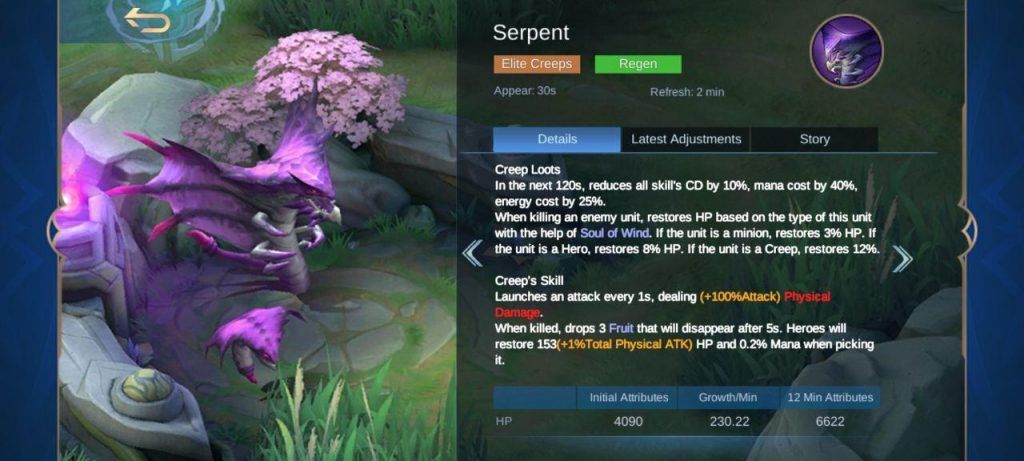
The player who last hits the buff will have reduced mana cost and lower cooldowns for two minutes.
The player who last hits the red buff, or Fiend, will deal extra damage and apply a slow effect onto enemies hit.
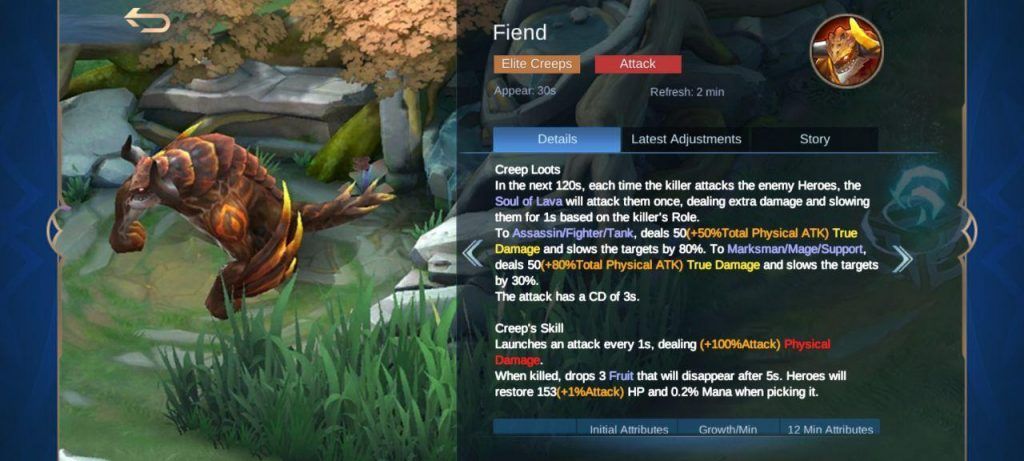
Just as three RRQ mid laners moved over to the blue buff, RSG did the same on their side of the map and secured the red. Because these buffs have more HP and hit harder than average jungle creeps, it takes at least two to down one in the early game.
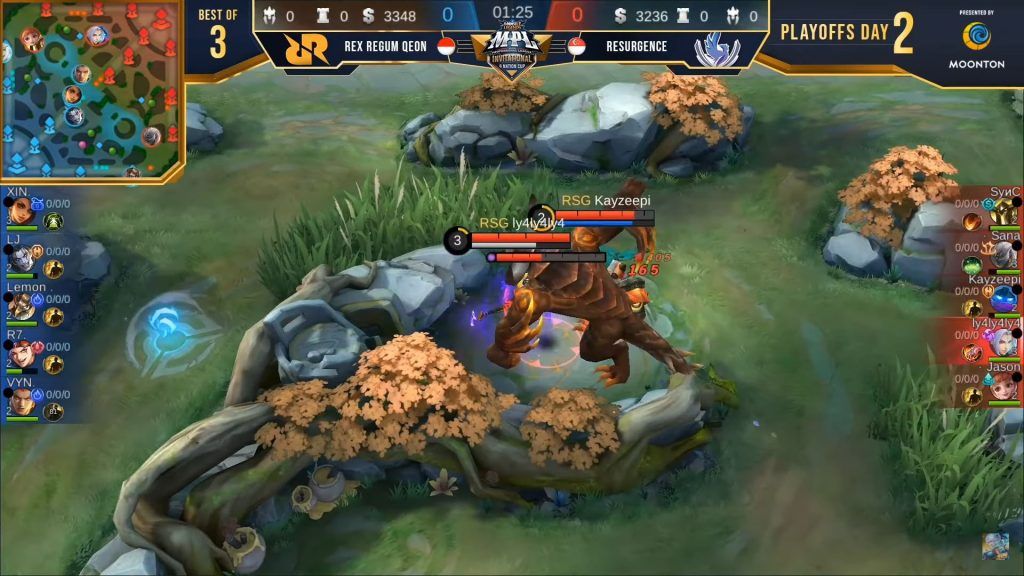
Screenshot by Amanda Tan/ONE Esports
As each team amass advantages through killing creeps, minions or heroes, it becomes easier for them to down turrets unchallenged. They do so by grouping up together, with attempts to out number opponents in other lanes, or win team fights around objectives.
The two major objectives on the map that are highly contested are Turtle and Lord. Often times, teams can be seen fighting over them.
In the early game, the Turtle will spawn. The team who secures it will receive a gold bonus, while the hero who last hits it receives a defensive buff.
In the late game, the Lord will spawn, who also gets enhanced later on — the biggest and most contested objective in the game. When he is alive, this where most team fights will happen.
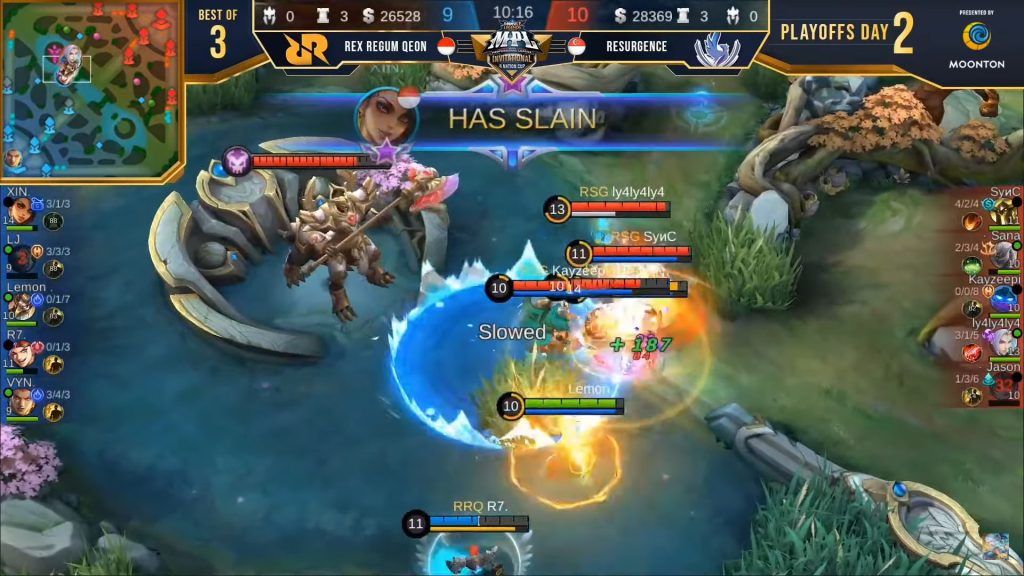
Screenshot by Amanda Tan/ONE Esports
Once defeated, Lord will automatically respawn and fight alongside the team that downed him in the most advantageous lane. He buffs minions and actively attacks enemies, including heroes.
He is the best tool to use when teams want to push in with their minion wave to end the game.
Post-game scoreboard
In all games, whether in the MLBB client or pro matches, a post-game scoreboard will be visible.
Viewers would have already seen much of the information here as they watched the game. The largest numbers at the top show the total number of kills for each team (RRQ had 19, while RSG had 11). Each individual’s KDA score is also displayed, alongside their hero’s level.

Screenshot by Amanda Tan/ONE Esports
Additional information comes in the form of individual gold breakdowns earned by each hero. We also get a full view of the equipment that players bought throughout the match, presented in rounded icons in each horizontal row.
The medals with a score attached in the middle are awarded by the in-game system that evaluates each individual’s performance through their KDA, gold earned, damage dealt, and other criteria. RRQ XIN on Esmeralda was game one’s MVP, while RSG ly4ly4ly4 performed the best on his team.
READ MORE: The beginner’s guide to getting good at Mobile Legends: Bang Bang
